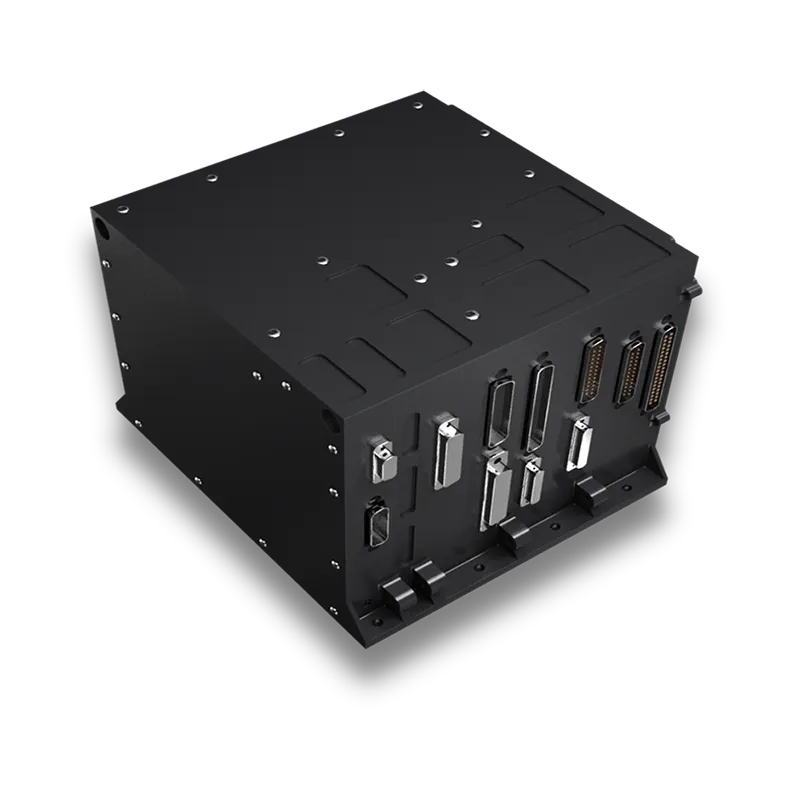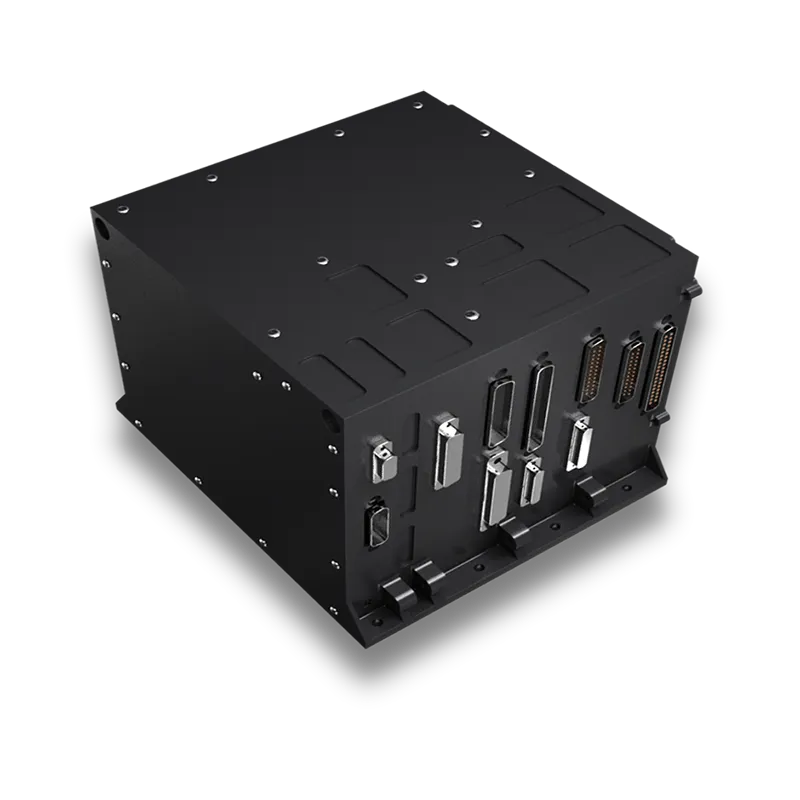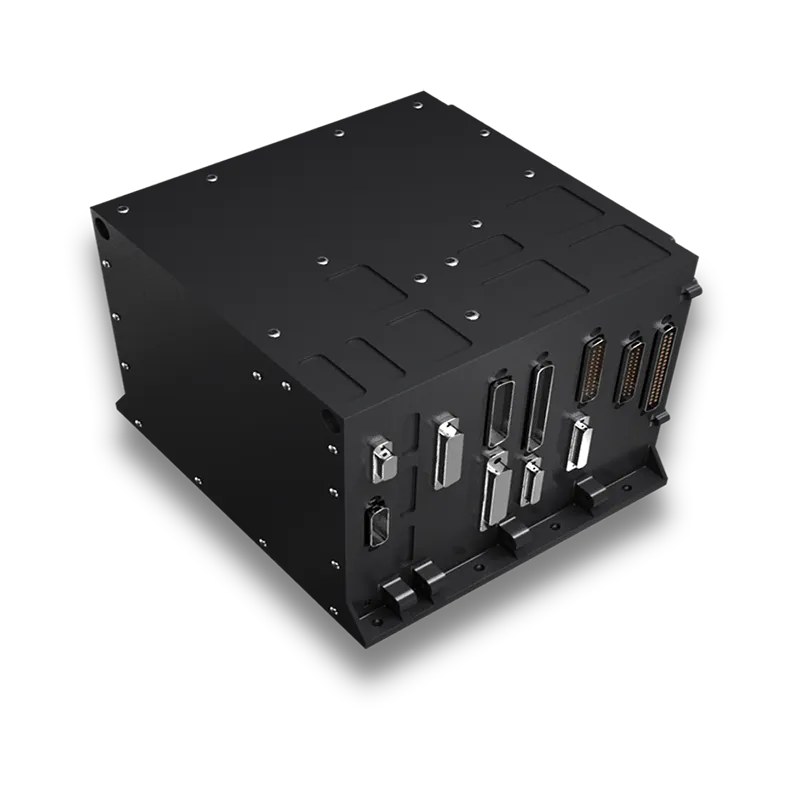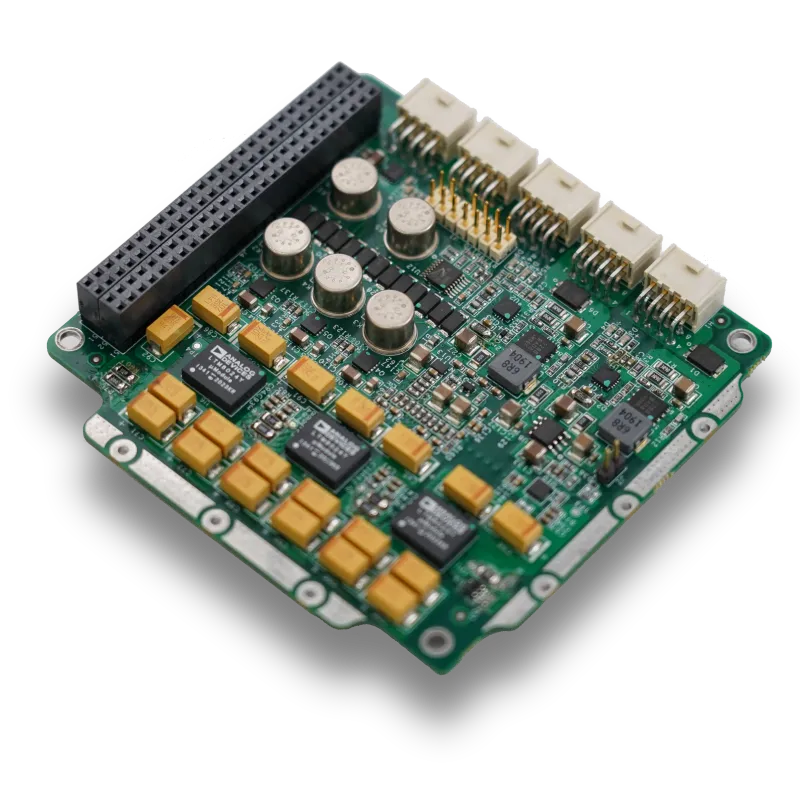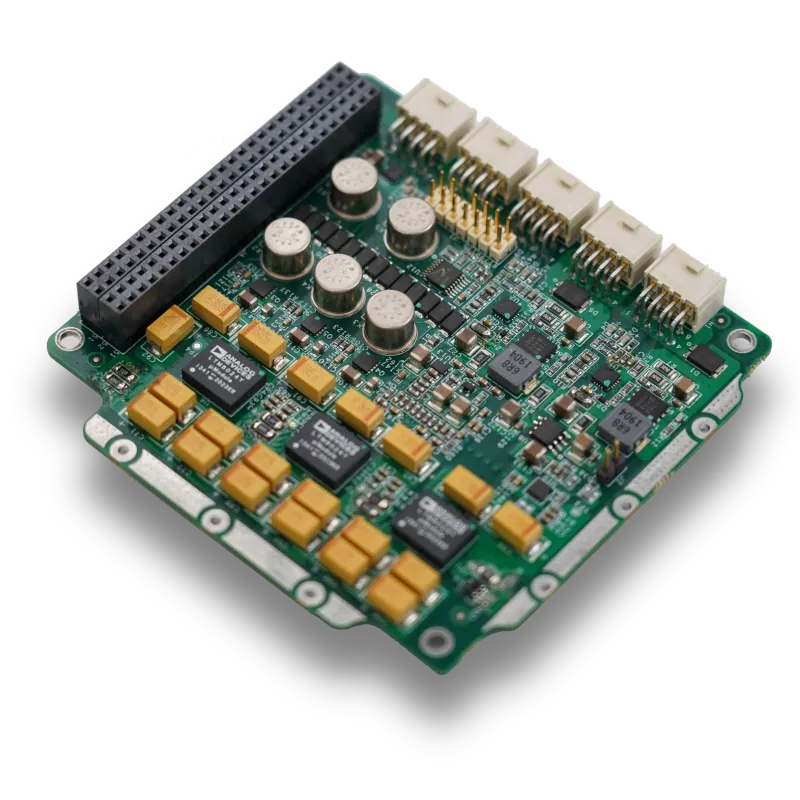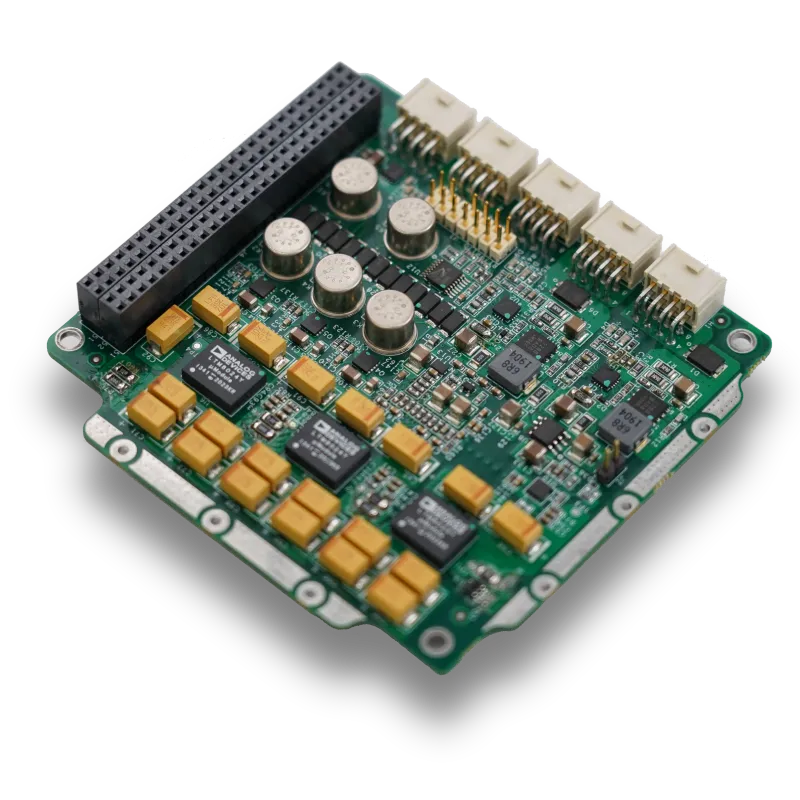
- african
- albanez
- amharică
- arabic
- armean
- Azerbaidjan
- bască
- Belarus
- bengaleză
- Bosniac
- bulgar
- catalan
- Cebuano
- China
- corsicană
- croat
- ceh
- danez
- olandeză
- engleză
- esperanto
- estonă
- finlandeză
- franceză
- frizonă
- Galician
- georgian
- german
- greacă
- Gujarati
- creolul haitian
- Hausa
- hawaian
- ebraică
- Nu
- Miao
- maghiară
- islandez
- igbo
- indoneziană
- irlandez
- italian
- japonez
- javaneză
- Kannada
- kazah
- Khmer
- ruandez
- coreean
- kurdă
- Kârgâz
- Muncă
- latin
- letonă
- lituanian
- luxemburghez
- macedonean
- malgaș
- Malaeză
- Malayalam
- malteză
- maori
- marathi
- mongol
- Myanmar
- nepaleză
- norvegian
- norvegian
- occitană
- Pashto
- persană
- Lustrui
- portugheză
- punjabi
- română
- rusă
- samoană
- gaelic scoțian
- sârb
- engleză
- Shona
- Sindhi
- Sinhala
- slovacă
- slovenă
- somalez
- spaniolă
- Sundaneza
- Swahili
- suedez
- tagalog
- Tadjik
- tamil
- tătar
- Telugu
- thailandez
- turc
- turkmeni
- ucrainean
- Urdu
- Uighur
- uzbec
- vietnamez
- galeză
- Ajutor
- idiş
- Yoruba
- Zulu
Cubesat Components and Essential Satellite Communication Systems
Cubesat components represent a new wave of satellite design, emphasizing compact size, modular architecture, and adaptability for a wide range of applications. While traditional satellite components can be large and complex, the miniaturized approach of CubeSats enables researchers, universities, and commercial entities to conduct experiments and gather data at a fraction of the scale. These satellites still require critical parts of satellite communication to connect with ground-based systems, and their performance heavily relies on both onboard hardware and satellite ground station components. The basic components of satellite communication—including transmitters, receivers, antennas, and control electronics—are scaled down in CubeSats without losing their functional capabilities. Additionally, the components of a satellite communication system integrate with mission control facilities, ensuring continuous monitoring and data exchange. From the smallest parts of satellites to specialized satcom components, every element must be precisely engineered to endure the challenges of space while fulfilling mission objectives. The rise of CubeSats has also driven innovation in components of satellite communication, leading to lighter, more efficient designs that serve both small-scale and large-scale missions alike.

The role of satellite ground station components in communication links
The success of any mission, whether using large spacecraft or CubeSats, depends significantly on the efficiency and reliability of satellite ground station components. These ground-based facilities serve as the vital link between orbiting satellites and mission operators, processing data and sending commands through advanced satcom components. A typical ground station setup includes high-gain antennas, tracking systems, radio frequency (RF) equipment, and signal processing units—all of which are considered essential components of satellite communication. They interact seamlessly with the components of a satellite communication system in space, ensuring accurate data transmission and reception. For CubeSats, whose orbits often result in short communication windows, ground stations must be optimized for rapid data exchange, making the integration of parts of satellite communication particularly critical. Moreover, redundancy is a key design principle in satellite communication components, ensuring that communication links remain intact even if one subsystem experiences a failure. Whether the mission involves weather monitoring, Earth observation, or scientific experiments, satellite ground station components act as the operational backbone that transforms raw data from orbit into actionable information for scientists and engineers.
Understanding components of satellite communication for mission planning
When designing any space mission, an in-depth understanding of components of satellite communication is essential. These include the antennas that transmit and receive signals, transponders that relay communication, modulators and demodulators for signal processing, and the supporting satcom components such as filters, amplifiers, and power systems. The basic components of satellite communication remain largely consistent regardless of satellite size, but their design specifications vary according to mission requirements. For example, cubesat components must be highly miniaturized and energy-efficient to operate within the constraints of a small satellite bus. Additionally, the components of satellite system often integrate with navigational hardware, thermal control units, and propulsion modules, making careful coordination necessary during mission planning. Ground engineers also take into account how these parts of satellites will withstand radiation, extreme temperature changes, and mechanical stress during launch. Detailed knowledge of components of a satellite communication system ensures that both spaceborne and ground-based systems are compatible, reducing the risk of data loss or transmission errors. The ultimate goal is to design satellite communication components that deliver consistent, high-quality performance under the unpredictable conditions of space.
How parts of satellites and satcom components ensure mission longevity
Longevity in space missions depends heavily on the durability and efficiency of parts of satellites and their integrated satcom components. Every subsystem, from the communication payload to the structural frame, must work reliably over the satellite’s operational life. For CubeSats, whose lifespans are often shorter than those of large satellites, cubesat components are still engineered with precision to maximize their active mission time. The parts of satellite communication—antennas, transmitters, receivers, and amplifiers—are designed to minimize energy consumption while maximizing signal strength. Likewise, the components of satellite communication in larger missions incorporate more robust power systems and redundancy features to extend operational capability. On Earth, satellite ground station components ensure continuous contact, allowing operators to upload software updates or modify configurations as needed. The components of a satellite communication system are thus not static but adaptable, enabling adjustments based on mission feedback. From structural assemblies and thermal control units to communication modules and navigation systems, the coordinated performance of all satellite components ensures not only mission success but also resilience in the face of challenges. This interdependence between spaceborne and terrestrial satcom components remains one of the most critical factors in achieving reliable, long-term satellite operations.






